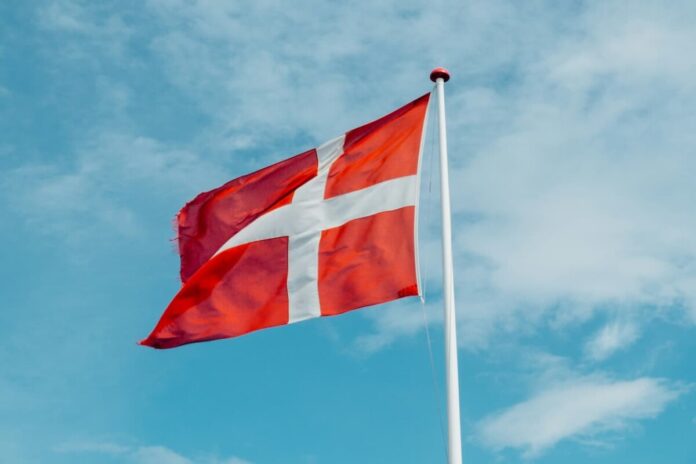
The Danish Gambling Authority, Spillemyndigheden, has reported a 6.9 percent increase in total Gross Gambling Revenue for 2024, up to DKK 7.27 billion from DKK 6.8 billion.
Revenue growth was primarily driven by a 14.7 percent increase in revenue generated from online casinos, which comprised 48.6 percent of the total market in 2024. Revenue from online casinos was DKK 3.53 billion, rising from DKK 3.1 billion the year prior. 77 percent of online casino GGR was made up from slot play.
Betting and Land-Based Casinos See Modest Growth
Both the betting and brick-and-mortar casino segments showed revenue upturns from 2023. Betting GGR rose 1.2 percent from DKK 2.18 billion in 2023 to DKK 2.21 billion. Land-based casinos rose 1.7 percent, reporting DKK 368 million in 2024.
The only segment showing an overall percentage decrease in GGR was gaming machines (outside of casinos), which reported DKK 1.16 billion in revenue, a 1.2 percent decrease from DKK 1.18 billion in 2023.
Online betting (through mobile and computer) dominates the market share. In 2024, mobile and desktop betting accounted for 77 percent, or DKK 1.70 billion, with retail bookies taking DKK 508 million.
There was a slight channel shift within the digital realm, with mobile growing to 63.88 percent of total digital GGR from 61.41 in 2023.
Problem Gambling in Denmark: Key Data from 2024
Spillemyndigheden also posted comprehensive data on the register of self-excluded gamblers (ROFUS) and StopSpillet, the compulsive gambling helpline.
When Danish customers opt to self-exclude, they are given the options of one, three, six-month, or permanent exclusion. The number of self-excluded individuals in the Scandinavian country rose from 46,152 in 2023 to 55,899 in 2024, representing a 21 percent increase.
Nearly two-thirds of people who opted to self-exclude chose to do so permanently, with six months being the next most popular, followed by three. The demographic trend of those self-excluded remains consistent with prior years, with 78 percent of ROFUS users being male.
In 2024, there were 544 StopSpillet-related conversations, up marginally from 520 in 2023. The majority of conversations were with the player directly (57 percent), with over a third being conducted with a relative. 3.9 percent of total StopSpillet-related conversations were undertaken with a consultant.
By far, the most significant proportion of gamblers by age and gender per StopSpillet data was the 18-25 bracket, making up just over 40 percent. These were almost all male gamblers. Most women contacted StopSpillet at the 26-35 age boundary.
Data from the scheme’s inception shows that nearly half of all people who have had StopSpillet-related conversations first started gambling before the age of 18. A quarter of users had debt, and 21.3 percent had debt and payday loans.
The most selected ‘weekly hours spent on gambling’ was six to ten hours, with 24.1 percent. This was followed by 20.5 percent stating five hours or less and 15.5 percent between 11 and 15 hours. 1.9 percent of StopSpillet users admitted spending over 70 hours a week wagering.










